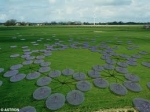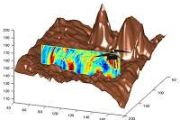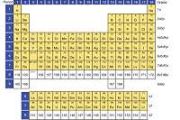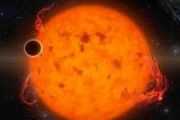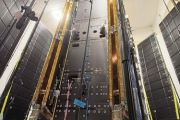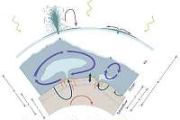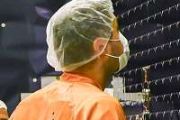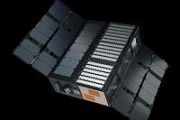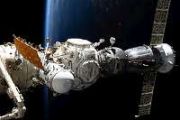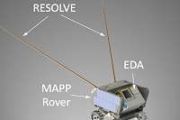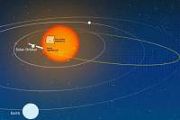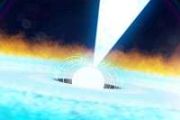Displaying items by tag: ASTRON
ASTRON
ASTRON is the Netherlands Institute for Radio Astronomy.
ASTRON's programme has three principal elements:
- The operation of front line observing facilities, including especially the Westerbork Synthesis Radio Telescope and LOFAR,
- The pursuit of fundamental astronomical research using ASTRON facilities, together with a broad range of other telescopes around the world and space-borne instruments (e.g. Sptizer, HST etc.)
- A strong technology development programme, encompassing both innovative instrumentation for existing telescopes and the new technologies needed for future facilities.
In addition, ASTRON is active in the international science policy arena and is one of the leaders in the international SKA project. The Square Kilometre Array will be the world’s largest and most sensitive radio telescope with a total collecting area of approximately one square kilometre. The SKA will be built in Southern Africa and in Australia. It is a global enterprise bringing together 11 countries from the 5 continents.
ASTRON is part of the Netherlands Organisation for Scientific Research (NWO).
LOFAR
LOFAR is a very large connected radio telescope, using a new concept based on a vast array of omni-directional antennas.
LOFAR is a Low-Frequency Array for radio astronomy, built by ASTRON, the Netherlands Institute for Radio Astronomy and operated by ASTRON's radio observatory. ASTRON is part of the Netherlands Organisation for Scientific Research.
The project is based on an interferometric array of radio telescopes using about 25,000 small antennas concentrated in at least 48 larger stations. 40 of these stations are distributed across the Netherlands, five stations in Germany, and one each in Great Britain, France and Sweden. Further stations may also be built in other European countries. The total effective collecting area is up to approximately 300,000 square meter, depending on frequency and antenna configuration. The data processing is performed by a Blue Gene/P supercomputer situated in the Netherlands at the University of Groningen. LOFAR is also a pathfinder for the Square Kilometre Array. The Square Kilometre Array will be the world's largest and most sensitive radio telescope. The SKA will be built in Southern Africa and in Australia.
It is a global enterprise bringing together 11 countries from the 5 continents.


